Ten years ago, an exhibition changed my life. I was 17 and in New York for the first time, struggling to credit the fact that the city existed as anything other than a vast film set. Indeed, on the second day of my visit, I walked straight into a scene of utter carnage: the rusted wreckage of taxis, school buses and police cars cluttered the length of Madison Avenue, and shattered glass crunched beneath my feet as I gawped at contorted lamp posts bent double at the side of the pavement. For a moment I was certain I’d slept through a nuclear holocaust – but then a man with a clipboard ran up to me and politely explained that I had trespassed onto the mise en scène for what would become the Will Smith movie I Am Legend.
Still reeling, I walked across town to the Guggenheim, where I was forced to suspend my disbelief for the second time in a day. If my earlier experience had shaken me up a bit, then the museum’s exhibition, a retrospective devoted to the architect Zaha Hadid, completely floored me.
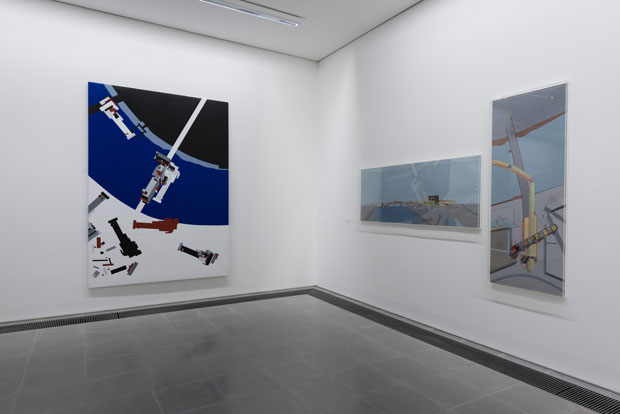
Zaha Hadid, Installation view, Serpentine Sackler Gallery, London (8 December 2016–12 February 2017). © Zaha Hadid Foundation. Image © 2016 Hugo Glendinning
This was architecture as a series of pirouettes, plunges and swooping dives, articulated through plans and maquettes sweeping up Frank Lloyd Wright’s spiral concourse. This, I thought, was a vision of a built environment even more improbable than any Will Smith sci-fi could ever aspire to. No wonder she’d barely had anything built. Over the course of the next decade, of course, that all changed: Zaha Hadid became the go-to name for ‘statement’ architecture around the globe.
By the time of her premature death earlier this year, I was no longer quite the fanboy I’d once been, but I still shed a tear. When the Serpentine Gallery, with whom Hadid collaborated extensively, announced that it was to commemorate her with an exhibition (until 12 February 2017), I was interested to see how it might compare to the Guggenheim. The comparison, sadly, is an unfavourable one. The gallery has chosen to showcase Hadid’s early paintings, which, for the most part, act as showcase concept images intended as bait for potential clients. Some of them raise tantalising possibilities: a case in point is a picture of a putative ‘Museum of the 19th century’ for the heart of London. The very idea made my imagination run wild, but when I searched for additional information, for just a little bit of context, none was forthcoming.
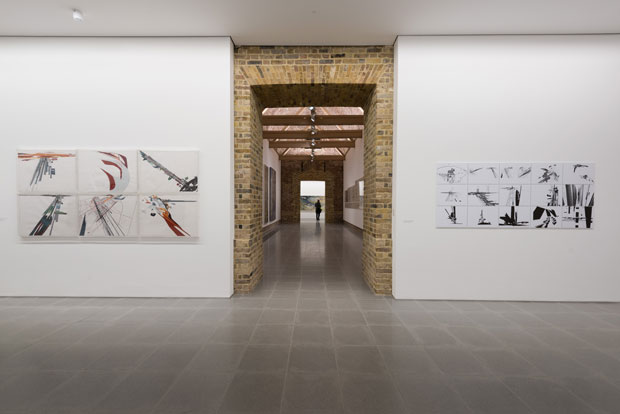
Zaha Hadid, Installation view, Serpentine Sackler Gallery, London (8 December 2016–12 February 2017). © Zaha Hadid Foundation. Image © 2016 Hugo Glendinning
This is the problem. To my knowledge, Hadid never claimed to be a great painter. Without the all-important context you are left with a set of mediocre images that communicate very little. Granted, this is a very different show from the one at the Guggenheim. It’s also a very much less interesting one.
*
For my money, the best exhibition in London this year was Tate Modern’s Robert Rauschenberg retrospective (until 2 April 2017). Reading about him, it’s pretty much impossible not to fall just a bit in love with Rauschenberg’s restlessness, his curiosity, and most of all, his ideas. Yet looking at his works in reproduction – a sad necessity if you’re based outside the USA – it’s hard to think of him as anything other than a conceptual artist.
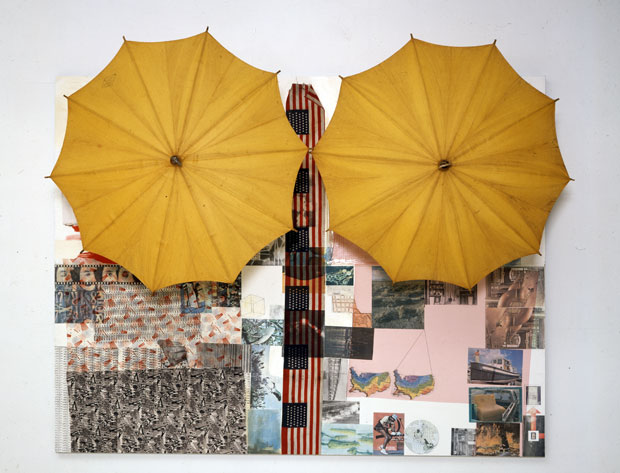
Untitled (Spread) (1983), Robert Rauschenberg Robert Rauschenberg Foundation, New York
What Tate Modern’s show gloriously demonstrates is that this is only half the story. Right up to the end, Rauschenberg was producing work that gave a pure aesthetic punch to the stomach. I never thought I’d see Mud Muse, the squelching bath of slime he produced alongside engineers from the Bell Telephone Company. I was wrong. Here it is, in all its delightfully revolting glory, bubbling and farting away like a volcanic spring. While the sheer drive that sent the artist bounding from one medium to the next between 1953 and 1969 does slacken in pace after the first half dozen galleries, patient viewing will prove that the rest of his career offers just as much to excite, albeit in a more subtle way. See it twice, if not three times, then go and see Rauschenberg’s transfer drawings at Offer Waterman (see my last London Diary) for a more personal experience.
*
In her current show at the two St James’s spaces of Thomas Dane gallery (until 21 January 2017), Belgian artist Caragh Thuring offers up new works that take more than a bit of concentration to get on board with. Among them are more than half a dozen images of submarines, specifically the black, cigar shaped type that lie under the sea, waiting for the hypothetical order to annihilate entire cities. Why? Initially, I couldn’t get my head around it. But after staring at them for the best part of 45 minutes, something clicked.
Submarines, by contrast to surface vessels, are considered too underhand, too sneaky, too damn dangerous for naval glory. This, I can only guess, is the chief reason they so seldom feature in maritime painting. Yet looking at the works in Thuring’s show, I can’t help noting that subs are also a painter’s dream. The bulbous prow, the polygonal conning tower, the propeller apparatus like a futurist sculpture, are all so devoid of discernable detail that an artist could easily blur their form into an abstract composition. This is without even addressing their dark raison d’etre: these rough shapes glide under the waves with the power to bring about the end of civilisation. Thuring reimagines the modern submarine as something Ellsworth Kelly might have come up with at his most simple – and it’s thrilling.
Unlimited access from just $16 every 3 months
Subscribe to get unlimited and exclusive access to the top art stories, interviews and exhibition reviews.

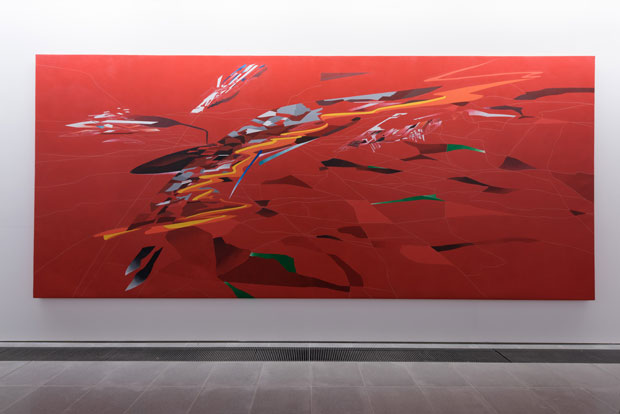

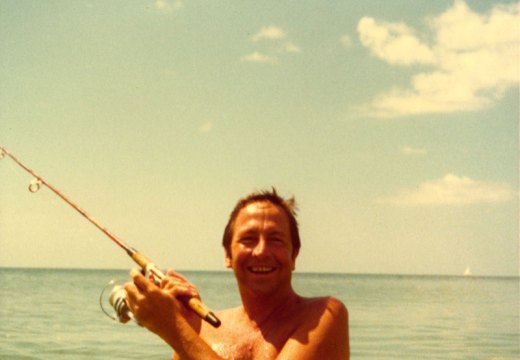
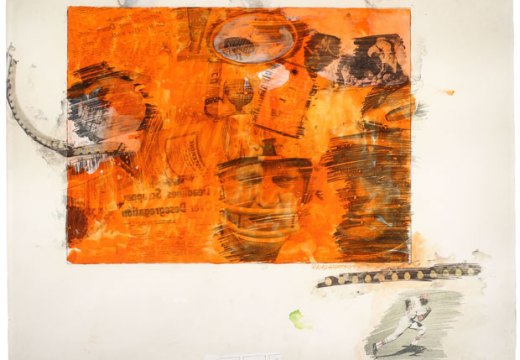









![Masterpiece [Re]discovery 2022. Photo: Ben Fisher Photography, courtesy of Masterpiece London](http://www.apollo-magazine.com/wp-content/uploads/2022/07/MPL2022_4263.jpg)
It’s time for the government of London to return to its rightful home